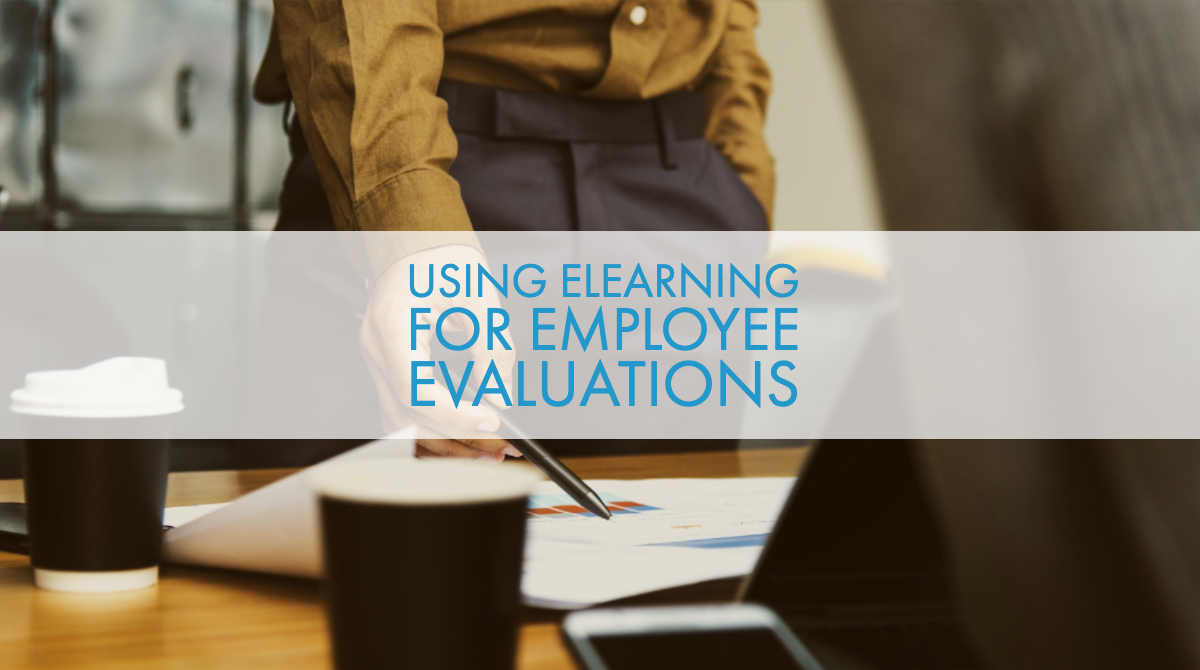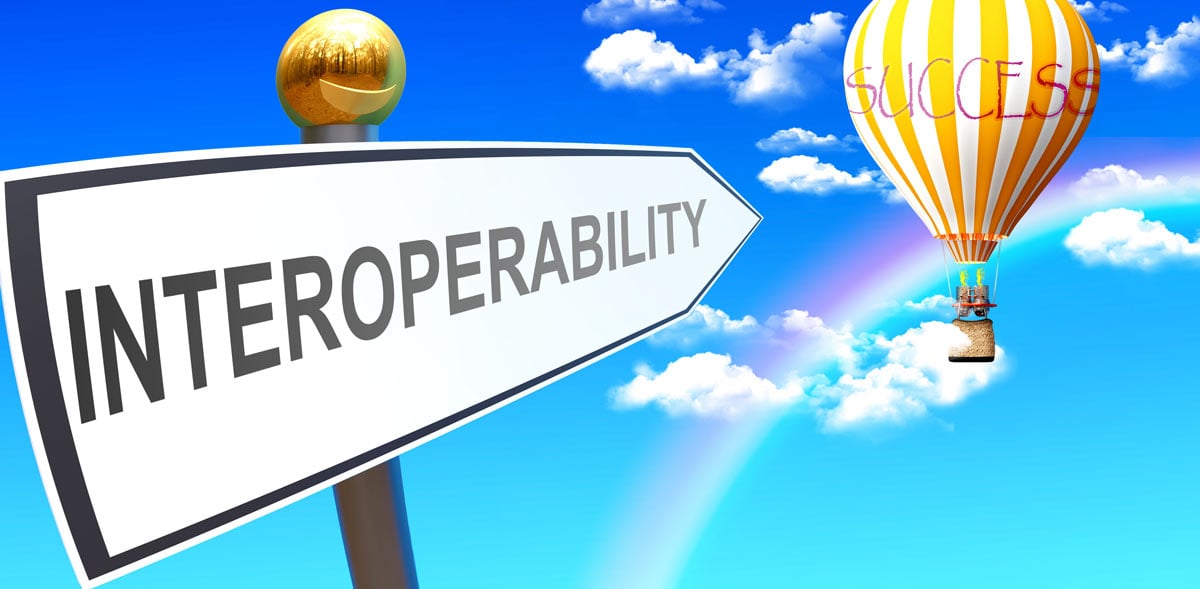Yearly evaluations are a stressful time for everyone involved. Here’s what it might look like:
Employees get understandably nervous about what their managers will have to say, while managers may get flustered having to sit down and essentially grade their employees. In addition, HR is in the midst of administering the paperwork (physically or digitally). Then come the meetings where all three parties typically sit down face-to-face to discuss performance and results.
If someone has a positive evaluation, it’s nothing more than a formality, but a negative evaluation can bring down the entire day.
When you bring eLearning into the mix, it can help lessen the load all around. Here are three ways in which eLearning can help a yearly performance review run smoothly for everyone.
1. eLearning is Less Subjective and More Objective
It’s no secret that evaluations can become a bit contentious. If an employee feels that their boss is playing favorites, or has some secret vendetta against them for whatever reason, they may feel that their less than favorable review is also less than fair. (Or, conversely, they may feel that the high marks received by the “favorite” weren’t fairly earned.)
By utilizing eLearning to monitor employee performance for things like keeping on pace with required tasks or recommended training or improving scores on skill enhancement material year-over-year, managers will be able to use quantifiable figures in their assessments. This will hopefully help to alleviate any feelings of discord between employees because it will be clear that the assessments are based on the employees’ scores and not any subjective factors.
2. eLearning Automatically Documents Items of Concern
Another area of stress involving yearly performance reviews is that managers must make sure everything is documented. In keeping in line with the item above, it’s very difficult to make the case that a determination was purely objective when there’s no documentation to back it up.
With eLearning brought into the mix, the documentation process becomes much easier. Managers will be able to see when employees logged into their training modules, how much time they spend on the material, how often they had to retake knowledge checks and also measure overall effectiveness.
Sure, they’ll still be required to more manually document things regarding individual conversations they’ve had with their employees or performance related to specific incidences, but they won’t need to try to play the role of the HR admin as well as a departmental manager.
3. eLearning Helps Delineate a Clear Employee Path
During the review process, a manager can use eLearning to look back at what courses or modules the employee has already completed, and check on how they performed. When they compare it to their real-world performance, they can then recommend that they either move ahead with their current training path or backtrack and retake some modules.
By having a plan already in place that operates efficiently outside of the performance review process, managers are given an additional tool to use to help set their employees up for success moving forward.
Are you ready to move ahead with creating courses that will help empower your employees and provide your managers with excellent training tools?






Leave a comment